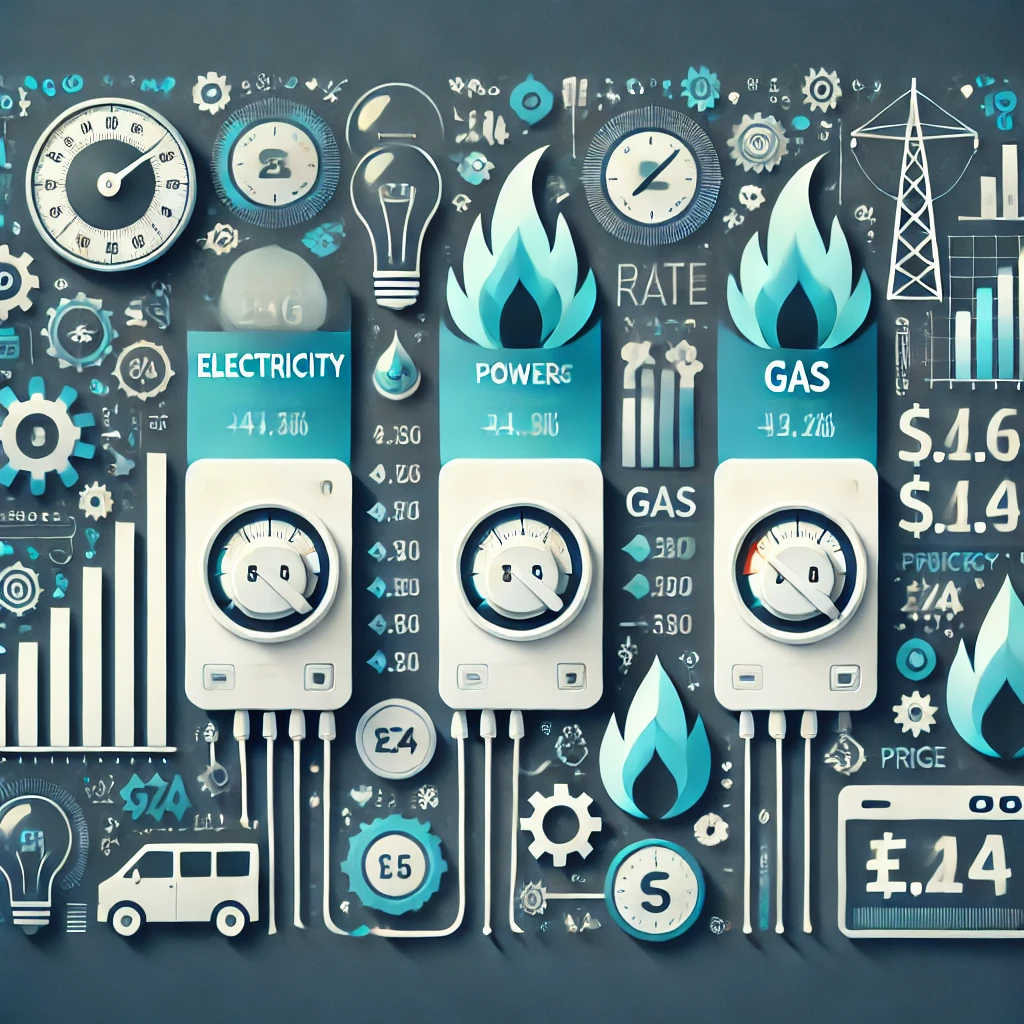
Have you ever opened your energy bill and wondered, “Why is this so high?” You’re not alone. Hidden energy costs often go unnoticed, silently inflating your bill month after month. But what if you could uncover these hidden expenses, optimize your energy usage, and save money?
That’s where energy cost analysis and bill optimization come in. In this guide, we’ll break down the mystery of hidden energy costs, explain why they matter, and provide practical steps to help you take control of your energy bills. Let’s get started!
What Are Hidden Energy Costs?
Hidden energy costs are the inefficiencies and unnoticed expenses that contribute to higher energy bills. They can result from:
- Outdated appliances that consume excessive power.
- Energy vampires, such as devices that draw power even when turned off.
- Inefficient systems, like poorly maintained HVAC units or water heaters.
For example, a single outdated refrigerator could add hundreds of dollars to your annual energy bill. These costs are often buried in the fine print or hidden by habits we don’t think twice about. Once you identify them, you can take meaningful steps to reduce or eliminate them altogether.
Why Are Hidden Energy Costs Important?
Hidden energy costs aren’t just a financial burden—they also have an environmental impact. Here’s why tackling these costs matters:
- Save Money: Wasted energy translates to wasted dollars. Addressing inefficiencies can significantly lower your monthly bill.
- Reduce Carbon Footprint: Eliminating wasted energy helps reduce greenhouse gas emissions and supports global sustainability goals.
- Improve Decision-Making: Understanding your energy usage empowers you to make smarter decisions, like upgrading appliances or adjusting usage habits.
How to Identify Hidden Energy Costs
The first step to optimizing your energy bill is identifying hidden costs. Here’s how to get started:
1. Conduct an Energy Audit
An energy audit assesses your home or business for inefficiencies.
- Professional Audits: Many utility companies offer free or low-cost audits.
- DIY Audits: Use tools like infrared thermometers to detect heat loss or plug-in energy monitors to measure device consumption.
2. Monitor Your Energy Usage
Use smart meters or energy monitoring apps to track your energy usage in real-time.
- What to Look For: Identify spikes in energy use, particularly during specific times or from specific devices.
3. Check for Energy Vampires
Many devices consume power even when turned off, such as gaming consoles, chargers, and coffee makers.
- Solution: Use power strips to cut off electricity completely when these devices aren’t in use.
4. Review Your Energy Bill
Look closely at your bill to identify irregular charges or unexplained fees.
- Tip: Understand the breakdown of your bill—such as peak vs. off-peak rates—to spot opportunities for savings.
How to Optimize Your Energy Bill
Once you’ve identified hidden costs, take these steps to optimize your energy usage:
1. Upgrade to Energy-Efficient Appliances
Look for appliances with the ENERGY STAR label.
- Why It Matters: Energy-efficient appliances use significantly less electricity without compromising performance.
- Example: Upgrading to an ENERGY STAR-certified refrigerator can save up to 15% on energy costs annually.
2. Seal and Insulate Your Home
Poor insulation and air leaks force your HVAC system to work harder, increasing energy costs.
- Actionable Steps: Seal windows, doors, and ducts, and add insulation where necessary.
3. Switch to LED Lighting
LED bulbs use up to 75% less energy than incandescent bulbs and last much longer.
- Quick Win: Replacing all the bulbs in your home can lead to immediate energy savings.
4. Adjust Your Thermostat
Small thermostat adjustments can lead to big savings.
- Lower the thermostat a few degrees in winter or raise it in summer.
- Upgrade to a Smart Thermostat: Devices like Nest or Ecobee allow you to automate temperature adjustments for greater efficiency.
5. Time Your Energy Usage
Take advantage of time-of-use (TOU) rates offered by utility companies, where energy costs less during off-peak hours.
- Examples: Run your dishwasher or washing machine during off-peak times to save.
Common Challenges and Misconceptions
1. “I Don’t Use Much Energy, So My Bill Should Be Low.”
Even low energy users can face hidden costs.
- Reality Check: Older appliances, poor insulation, or energy vampires can silently drive up bills.
2. “Energy Audits Are Expensive and Complicated.”
While professional audits are thorough, DIY options and free resources are widely available.
- Tip: Start with a utility-provided energy audit, which is often free or subsidized.
3. “Upgrading Appliances Isn’t Worth the Cost.”
Energy-efficient appliances may have a higher upfront cost, but the savings often pay off quickly.
- Bonus: Many governments and utilities offer rebates or tax incentives to offset these costs.
The Role of Energy Cost Analysis
Energy cost analysis evaluates your energy usage patterns to identify inefficiencies and opportunities for savings.
How It Helps:
- Pinpoint Trends: Identify peak usage times and costly inefficiencies.
- Benchmark Performance: Compare your usage to similar households or businesses.
- Create a Savings Plan: Develop strategies to reduce energy waste and optimize consumption.
For businesses, energy cost analysis can drive significant operational savings, reduce overhead, and improve sustainability performance.
Conclusion
Hidden energy costs don’t have to be a mystery—or a burden. By conducting an energy cost analysis and optimizing your energy usage, you can take control of your bills and achieve meaningful savings.
